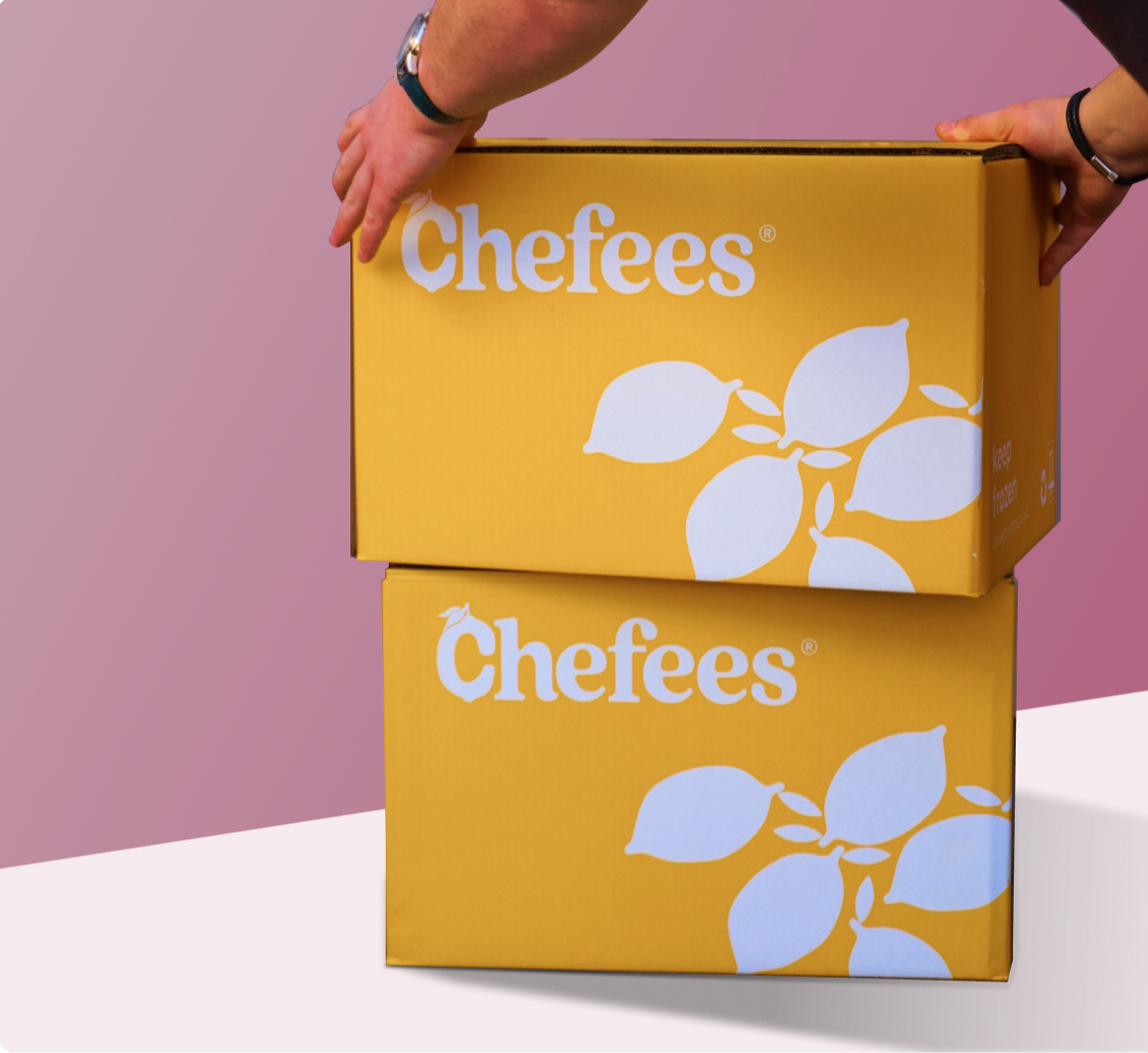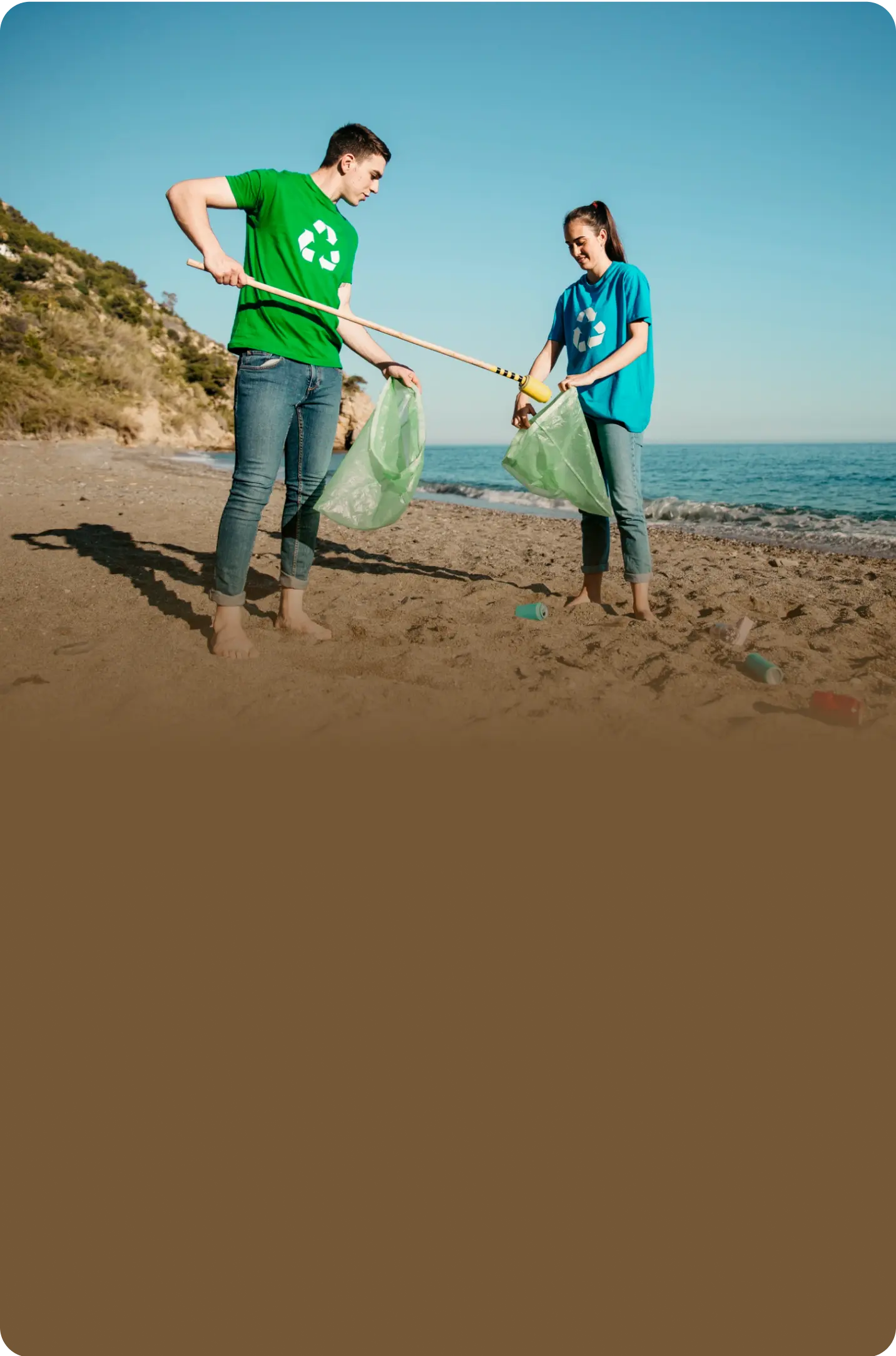
Together for a Cleaner Planet
Chefees is proud to partner with Cleanhub to fight plastic pollution and recover ocean-bound waste—one delicious product at a time.
Empowering brands to
tackle plastic pollution
CleanHub keeps plastic out of the sea by implementing waste recovery where there is none. We enable proactive brands to reduce plastic and collect more than they produce, by funding and advancing plastic recovery in coastal communities with the greatest risk of plastic entering the ocean.
11,657,816 kg
Waste collected so far
225,587
Houses connected with waste
management so far
For every product sold, Chefees recovers 3x the amount of plastic from the environment.
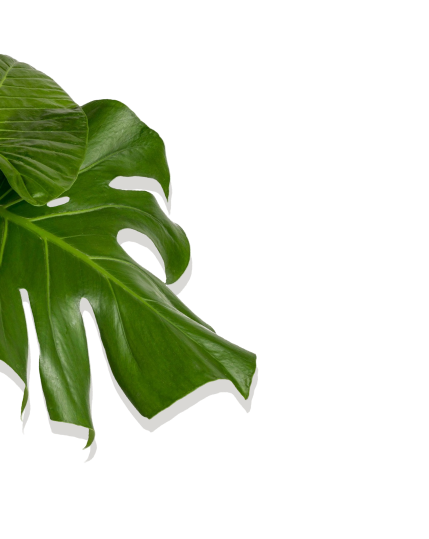
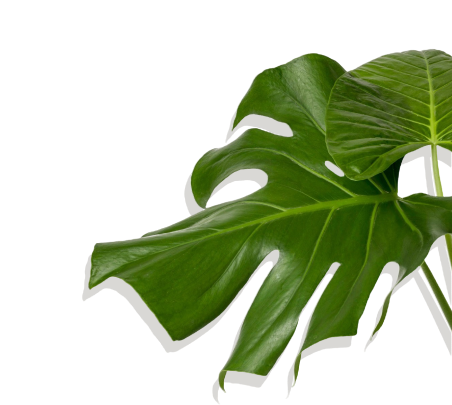
Our Ongoing Commitment to Sustainability
We are always exploring new and improved materials and formats to further our sustainability goals. As we learn and grow, we will continue to adapt and evolve, ensuring we deliver the best possible solutions for both people and the planet
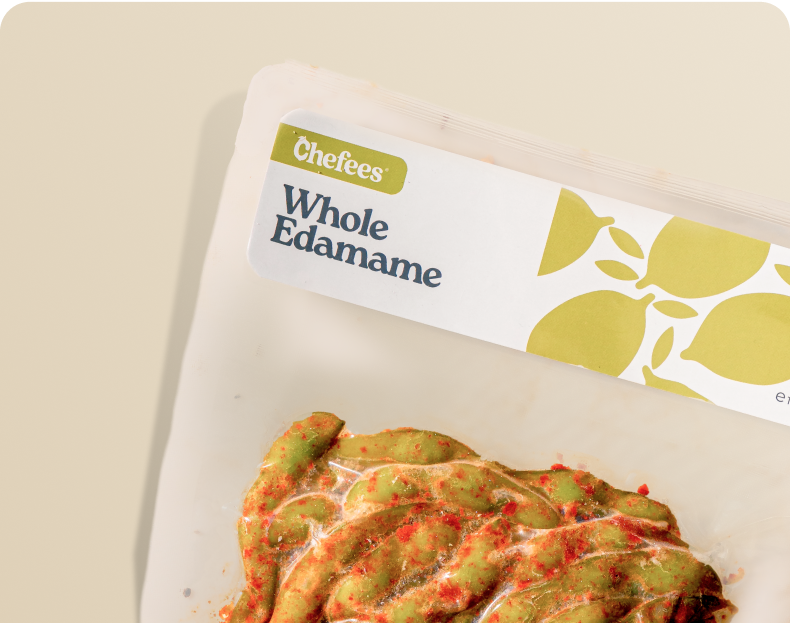
Less Wasteful Packaging
We've removed outer boxes and sleeves to cut down on unnecessary waste, ensuring we only use what's essential.
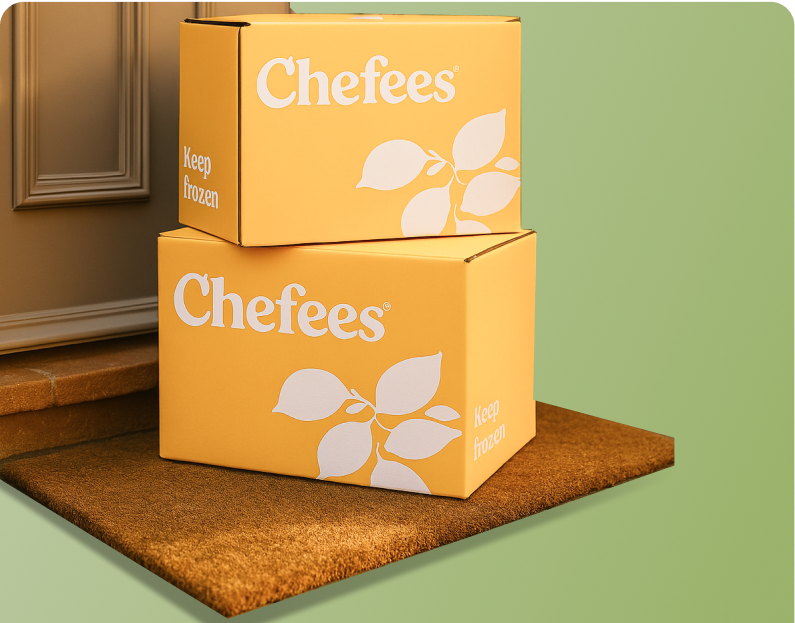
Recyclable Packaging
We use Bio-PE plastics made from sugarcane waste, recyclable delivery boxes, and non-laminated paper labels with paper-based seals—all designed to make recycling easier.
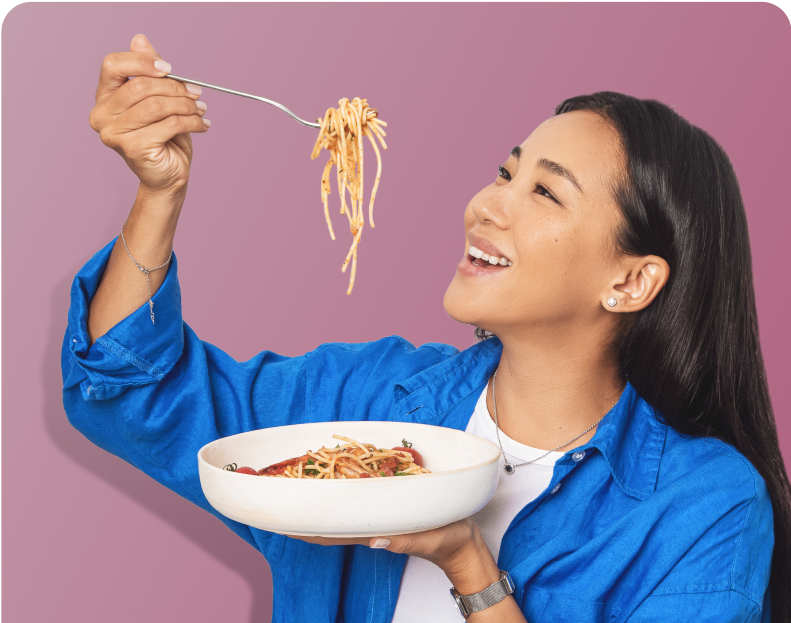
Reducing Food Waste
Freezing food naturally preserves freshness, extending shelf life and reducing spoilage. This means fewer ingredients go to waste, helping to lower overall food waste in households.
How to Recycle Chefees Packaging
Your efforts in recycling make a real difference—thank you!
Outer Carton Box (Corrugated Cardboard)
Our delivery boxes are made from corrugated cardboard. To recycle them:
Remove any labels
There’s no packing tape to worry about, but be sure to peel off any labels before recycling. Our paper-based adhesive is fully recyclable, so you're good to go.
Flatten the box to save space
Flatten the box before recycling to save space and make collection more efficient.
Reuse or recycle it
The box is insulated, so it’s great for reusing—take it grocery shopping to keep items cool or store pantry goods. When you're done, place it in your kerbside recycling bin or drop it off at your local recycling center to ensure it’s properly processed and waste is reduced.
